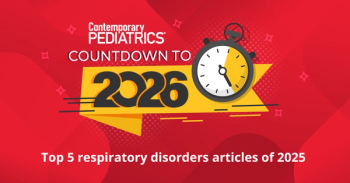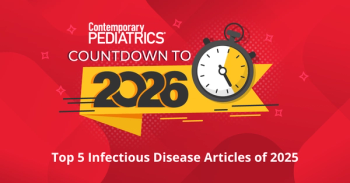
Kids as young as 7 years report self-injury
Children aged as young as 7 years report that they have engaged in nonsuicidal self-injury, hurting themselves without the intent to die. Who is most at risk?
Children aged as young as 7 years report that they have engaged in
A new
Researchers interviewed 665 children aged 7 through 16 years using the
Examining NSSI across age groups reveals that self-injury occurs in young children, not just adolescents and young adults, and increases with age, the researchers say.
Girls and boys reported different NSSI behaviors. Girls most often cut or carved their skin; boys most often hit themselves.
Behaviors also varied by grade. Most third- and sixth-graders hit themselves, whereas most ninth-graders reported cutting or carving skin. Other behaviors included biting, hair pulling, running into walls, and hurling the body against sharp objects.
Nonsuicidal self-injury, which carries a risk for suicidal thought and behavior and can precede more serious psychiatric problems, may be added to the upcoming fifth edition of the Diagnostic and Statistical Manual of Mental Disorders (DSM-5) as a new psychiatric diagnosis, the researchers note. In their study, 1.5% of children met some criteria for the
Possible inclusion of NSSI in the DSM-5 increases the importance of establishing rates of NSSI and self-injury behaviors among children, the researchers say.
Newsletter
Access practical, evidence-based guidance to support better care for our youngest patients. Join our email list for the latest clinical updates.




